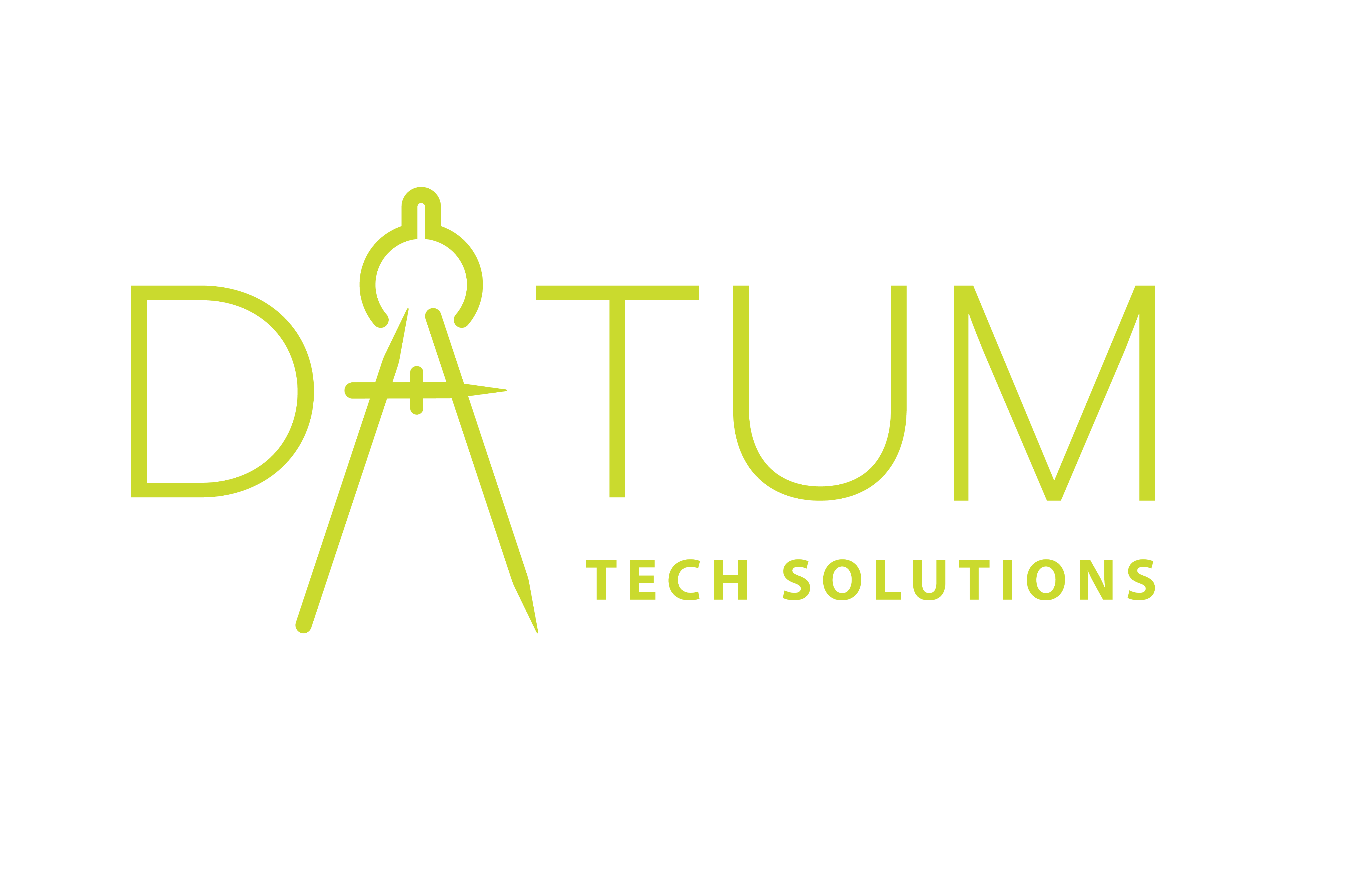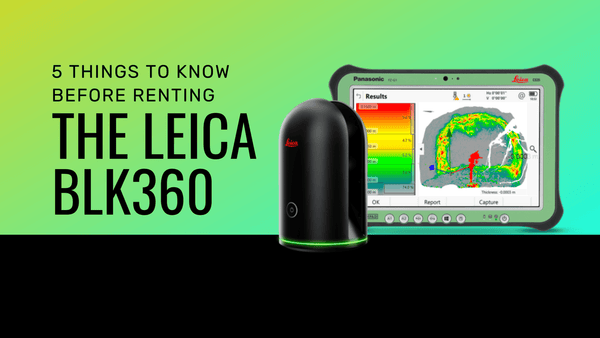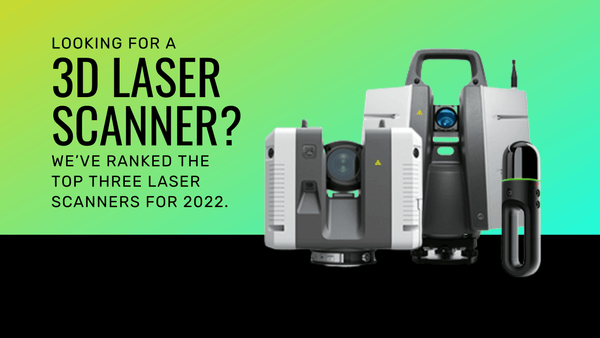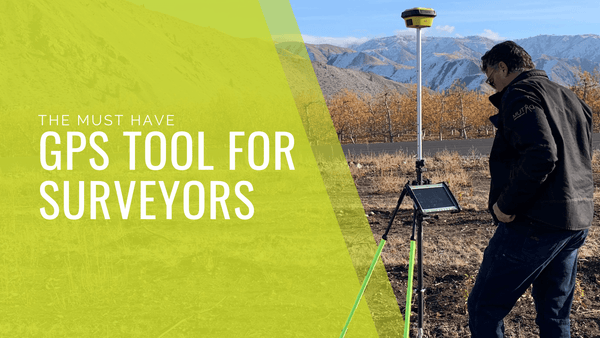How 3D Scanning Is Rebuilding Crime Scenes

Since 1991 an organization called the Association for Crime Scene Reconstruction has been dedicated to pinpointing tools that will allow a deep and thorough “understanding of the whole crime scene and the necessity of reconstructing that scene in order to better understand the elements of the crime and to recognize and preserve evidence.”
Both 3D laser scanners and total stations have been instrumental in documenting evidence at crime and collision scenes. As the technology continues to progress, more and more experts in the field of crime scene reconstruction and law enforcement have relied on 3D laser scanning technology to reconstruct crime scenes for insurance, investigation and court room purposes.
Much like other industries, forensic teams are utilizing 3D laser scanning technology for forensics in lieu of more traditional hand measurements because of the technology’s accuracy, speed, range, safety benefits as well as its time and cost saving benefits.
How Are 3D Laser Scanners Used In Forensics?
Documenting a crime or collision scene is a painstaking process. Investigators and law enforcement professionals are often under tight time constraints and this process is often made more difficult when evidence and data has to be collected by hand.
While many traditional forensic tools (cameras and video cameras for example) are still used today, geospatial technologies are becoming more commonplace, especially as they become more affordable.
Drones, photogrammetric analysis tools, total stations and 3D laser scanners are becoming increasingly common for the purpose of collecting forensic evidence and data.
Most people familiar with the use of 3D laser scanners refer to laser scanning technology, or methodology, as LiDAR. Either ultraviolet, visible or near-infrared light are sent out from the scanner and gauge the relationship between objects in space.
Those beams of light are sent out from the 3D laser scanner, bounce off of objects and are then returned to the scanner.
One way to think about this is by the “time of flight” measurement process. The time it takes for a beam of light to leave the scanner, bounce off of an object and then return to the scanner gives the scanner a precise measurement of distance between objects.
It’s important to keep in mind that LiDAR technology can measure distances from a wide range of materials like rain, rocks, chemical compounds, non-metallic objects, metallic objects, aerosols and in many instances single molecules. You’re likely beginning to see how this technology can come in handy at a crime or collision scene.
A 3D laser scanner uses the angle of the light, its reflection and the distance to pinpoint coordinates for the data point (or object). These coordinates are then displayed graphically with the use of software to create a point cloud.
Put simply, a point cloud is a large swath of hundreds of thousands, in some cases millions, of data points that are stitched together to create a 3D rendering of the scanned space.
How Are 3D Laser Scanners Rebuilding Crime Scenes?
A 3D laser scanner will assign a coordinate to the objects detected by the beam of light. From bullet holes and blood splatter to shards of metal and footprints in grass, it’s nearly impossible for an object to escape the detection of a laser scanner. Traditional forensic tools often overlook or miss the very miniscule details that can be captured by laser scanning technology.
BloodAccording to GIM International, an independent source on global geomatics, 3D laser scanners are a great tool for detecting and analyzing blood splatter at a crime scene. In the case of a violent crime, 3D laser scanners can be used to scan blood and blood splatter from varying angles.
Crime scene investigators can use these scans to look at the direction and shape of the blood splatter. Blood that’s been tracked through a crime scene on the bottom of a shoe or smears and pools of blood and other bodily liquids can be viewed in grayscale as well in an effort to build a photorealistic model of the crime scene even when there is limited lighting.
Bullets
When investigating an incident where a gun was involved, laser scanning technology for forensics is also valuable.
If bullet holes are present investigators can place a trajectory rod in the bullet hole(s), scan the scene with a 3D laser scanner and make a determination of where the shooter was standing, the height of the weapon when fired and from which direction the bullet was fired.
3D laser scanning is especially useful in the instance that there are multiple bullet holes. These 3D renderings can be rotated and viewed from countless angles, giving forensic investigators perspectives that would be impossible with conventional photographs.
Collisions and Debris
In the case of an automobile collision, 3D laser scanners provide investigators with a more thorough understanding of spatial arrangements of the collision scene and debri.
When a 3D laser scanner is used in conjunction with Scan&Go products (designed to help 3D laser scanners access coordinates from hard to reach places) the technology’s capabilities are amplified.
3D laser scanners make it possible to record the interior compartments of damaged vehicles, debris that have launched great distances from the collision site, skid marks from tires and the general surrounding environment quickly and safely.
When the site of a collision poses a health or safety risk due to spilled chemicals or the risk of explosion for example, crime scene investigators and law enforcement officials are able to scan the collision site from a safe distance.
Laser scanning technology for forensics continues to improve the reconstruction of crime scenes in addition to saving experts in forensic fields time and labor.
Improving accuracy and reducing errors, often caused by laborious manual measurements and data collection, continue to be reasons why 3D laser scanning technology is being used more widely than ever before.
3D laser scanners allow us to tell detailed stories based on reliable data that can withstand scrutiny. As investigators become more familiar with the technology and it becomes more affordable, we’re likely to see this technology’s prevalence rise in the future.



